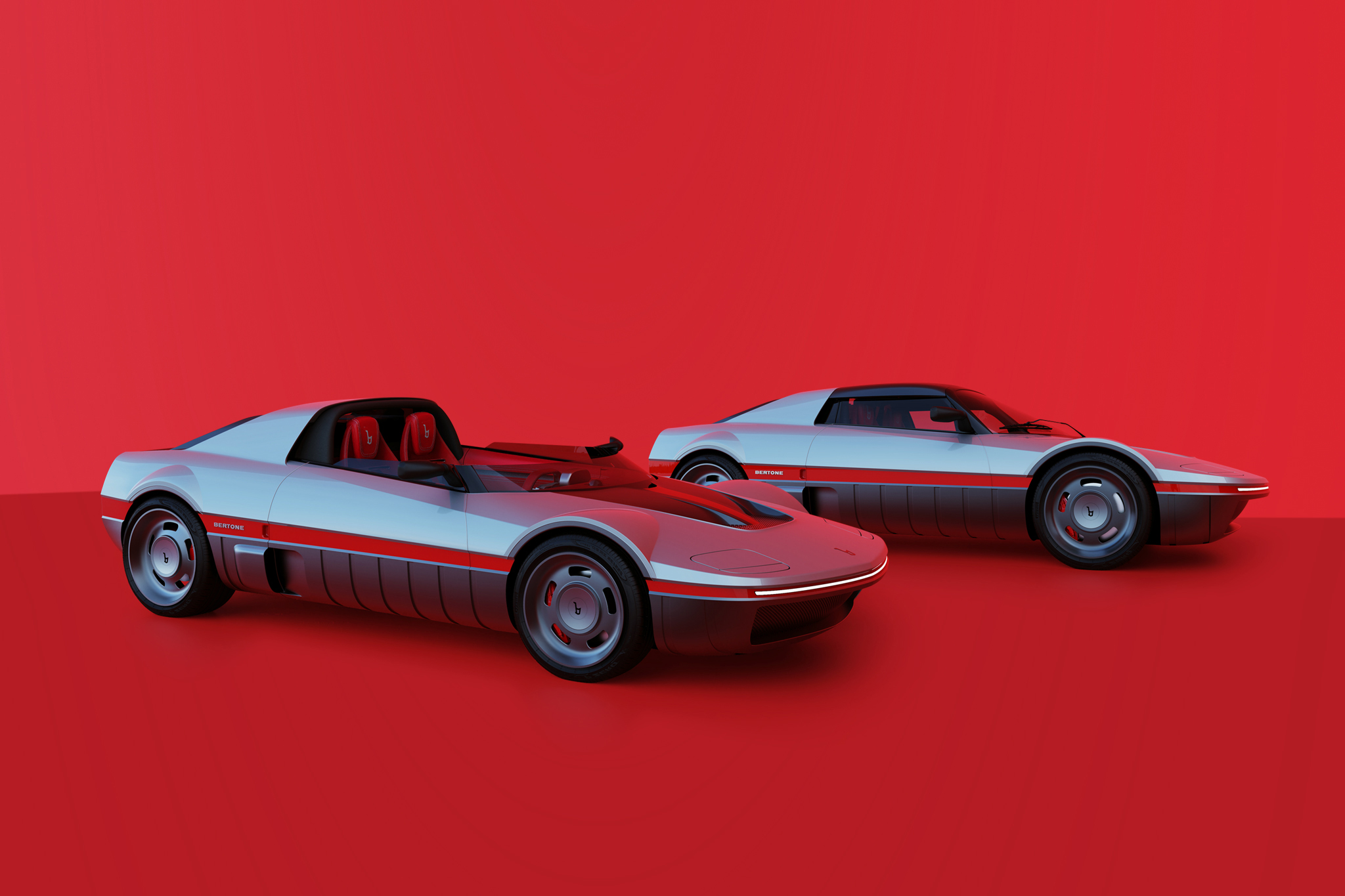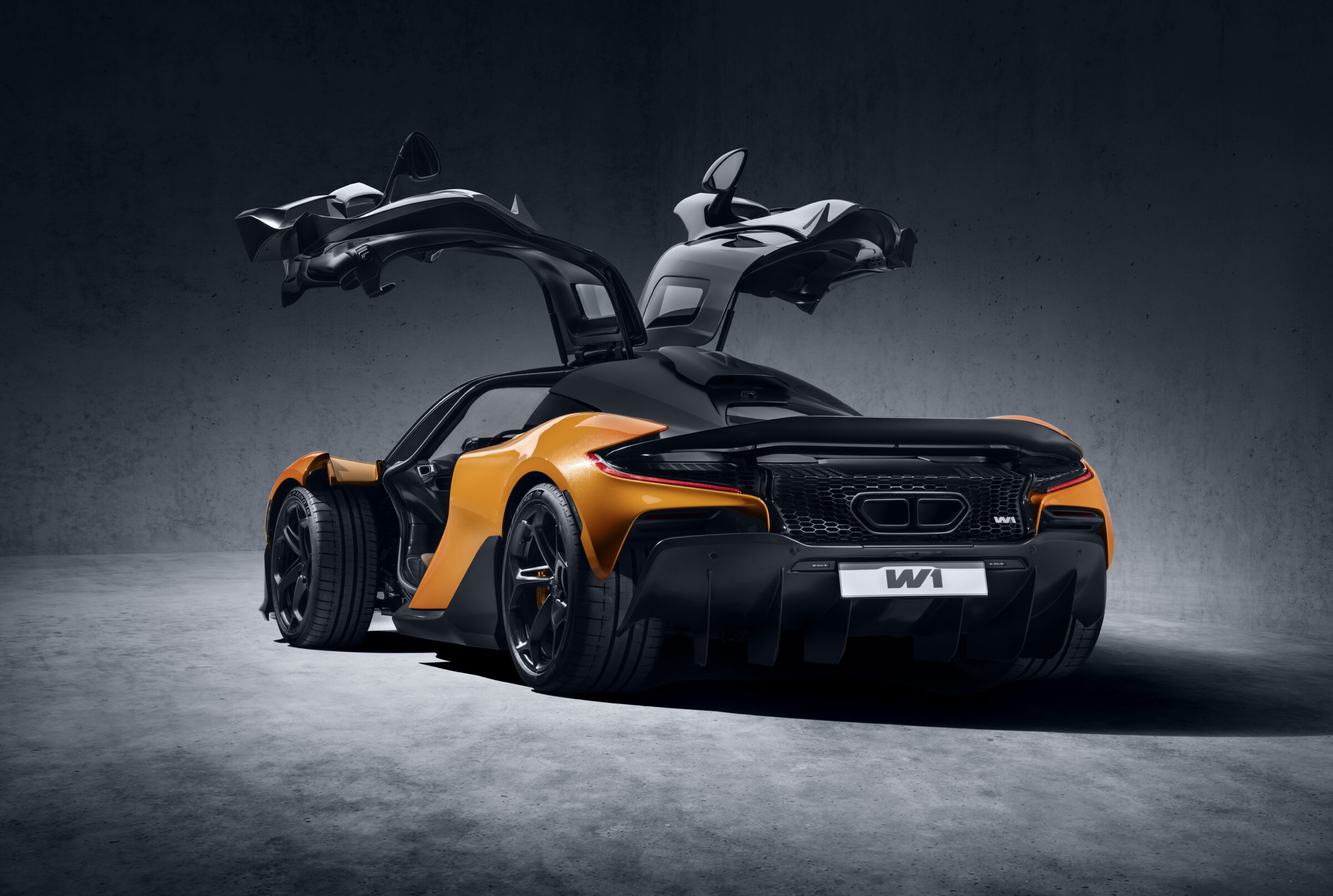25 Years of Aston Martin DB7
Officially the Aston Martin DB7 is only 25 years old. In fact there is a lot more time behind this project. Strictly speaking, one would have to attest that Aston Martin had to use an unrealized project of another brand. In the late 1980s, the American Ford group had first bought Aston Martin (1987) and then Jaguar (1989) and led both brands in the premium manufacturer segment. Earlier in the 80s, Jaguar had worked intensively on a new sports car next to the rather comfortable XJ-S, but never finished this project with the name XJ41 due to financial difficulties. Ford immediately stopped this work, but passed the documents of the XJ41 on to Aston Martin, where a successor for the V8 was quite necessary after more than 20 years. Also Jaguar’s motorsport department, which was located at TWR (Tom Walkinshaw Racing), was affected in this eventful history of project XJ41. After all, the first prototypes had already been built by them before and some of them had even been used in driving tests. As Project XX or Project NPX (Newport Pagnell eXperimental) the work now continued under the logo of Aston Martin. The already relatively well developed design was adapted by Ian Callum, former head of design at Ghia, to the typical design language of the British sports car manufacturer, especially in the area of the front cooling air intake.
Unlike its predecessors, Aston Martin’s new car returned to an inline six-cylinder engine, based on Jaguar’s AJ6 engine. Thanks to an Eaton supercharger, this engine was able to deliver 250 kW/340 hp from 3.2 liters displacement. Depending on the customer’s requirements, a manual five-speed gearbox or a four-speed automatic transmitted the power to the rear wheels. However, this drive unit wasn’t yet ready when the new car made its debut as DB7 at the Geneva Motor Show in 1993. Nevertheless, the elegant design language was very popular and resulted in some pre-orders. The prospective customers had to wait up to the autumn 1994, before first cars ran off the production line. Initially Aston Martin delivered the bodies-in-white of the DB7 Coupé to Rolls-Royce in Crewe where they were painted. Later the modernized in-house paint shop took over this task. In November 1995, the convertible version, called Volante, was added to the model range. In July 1998, the 2,000th DB7 left the plant in Newport Pagnell and made this series the most successful in the brand’s history.
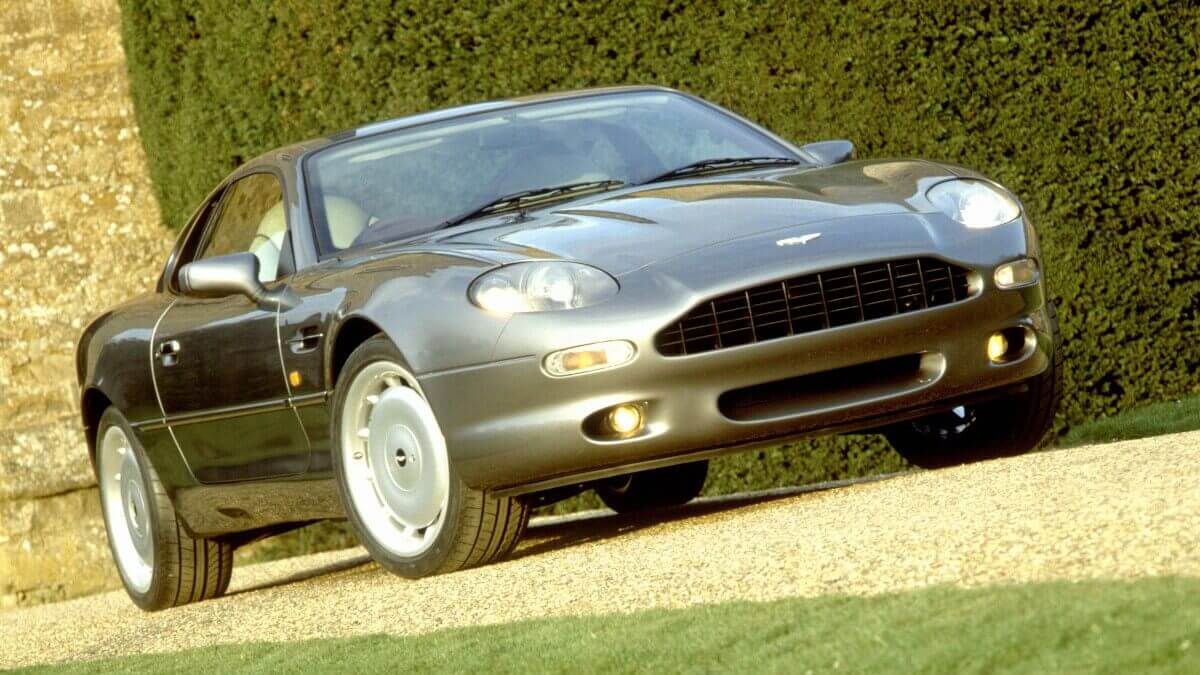

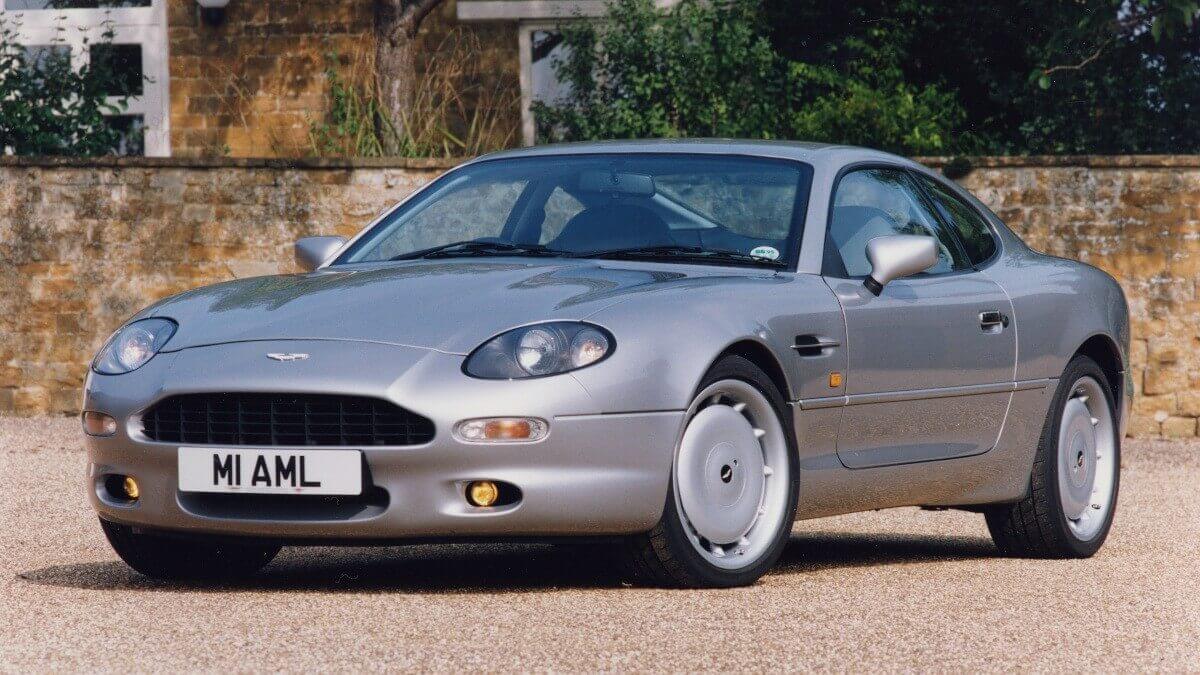

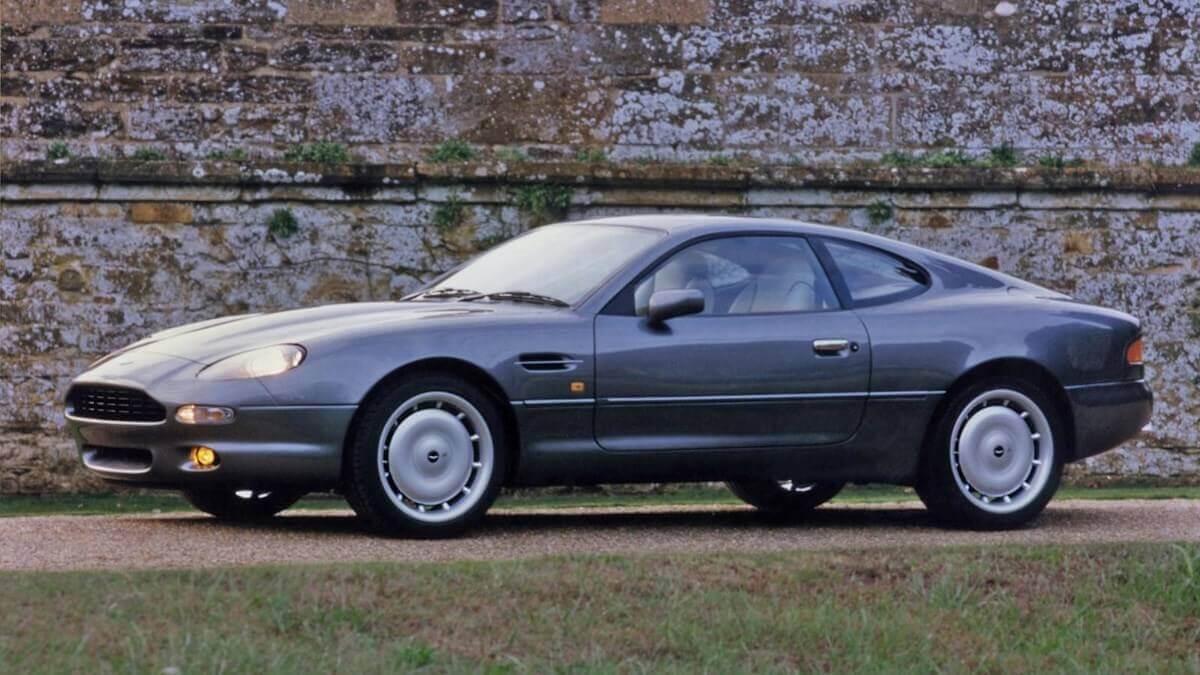

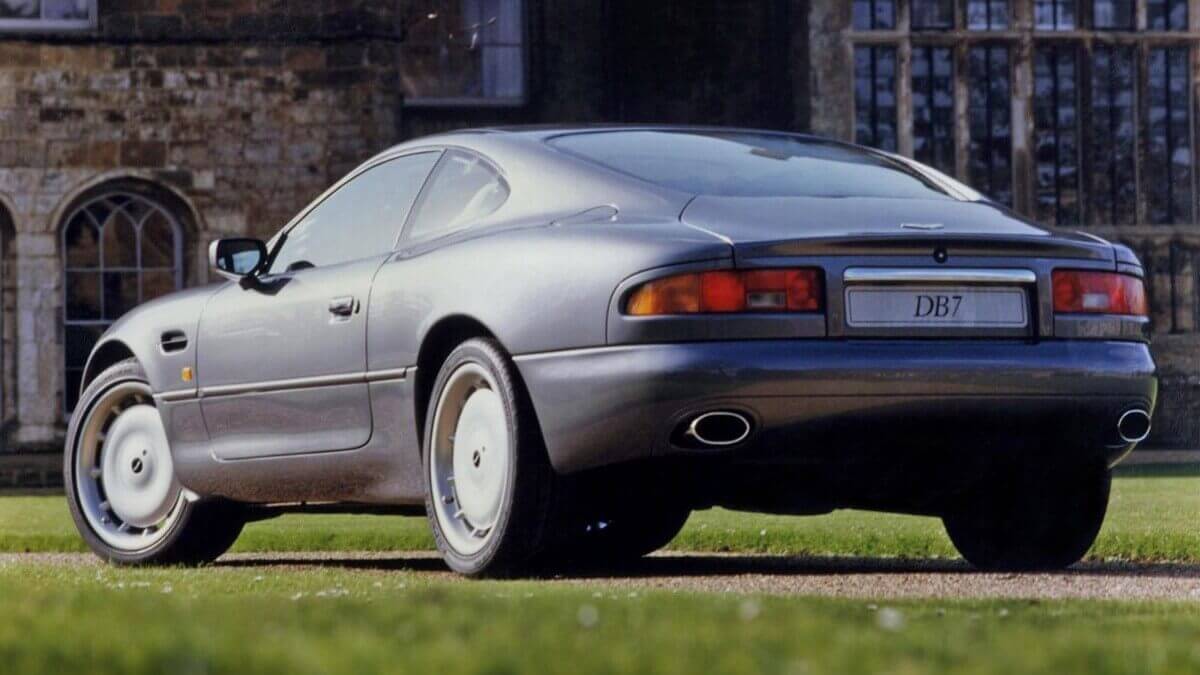

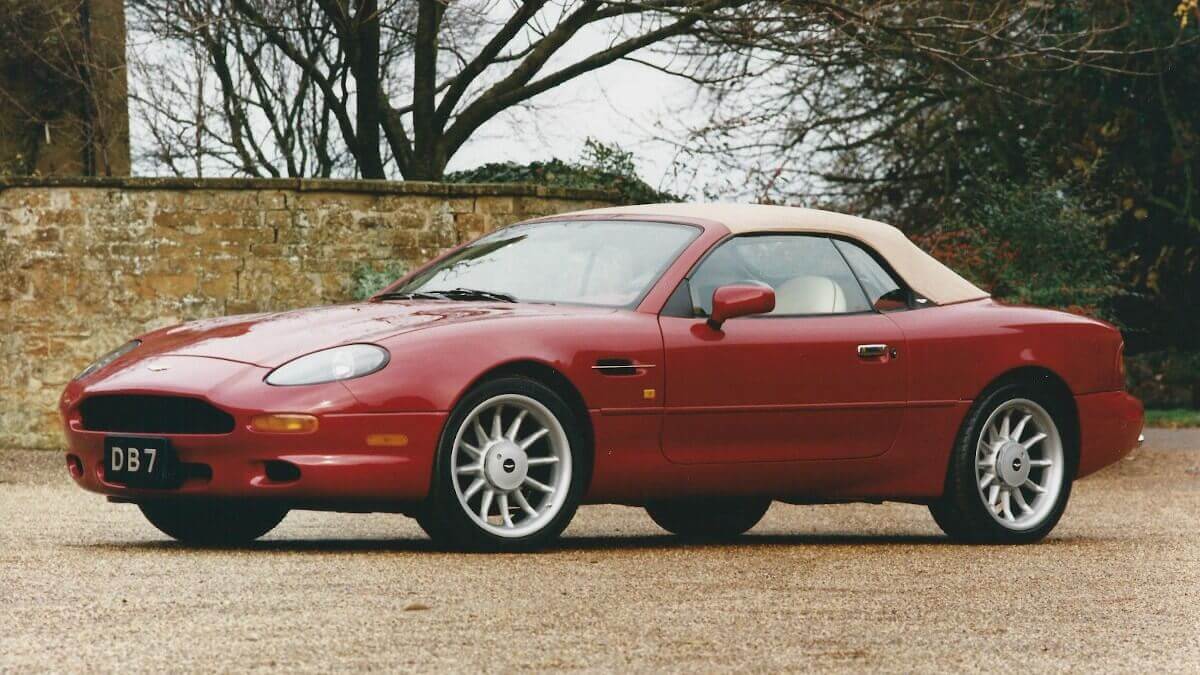

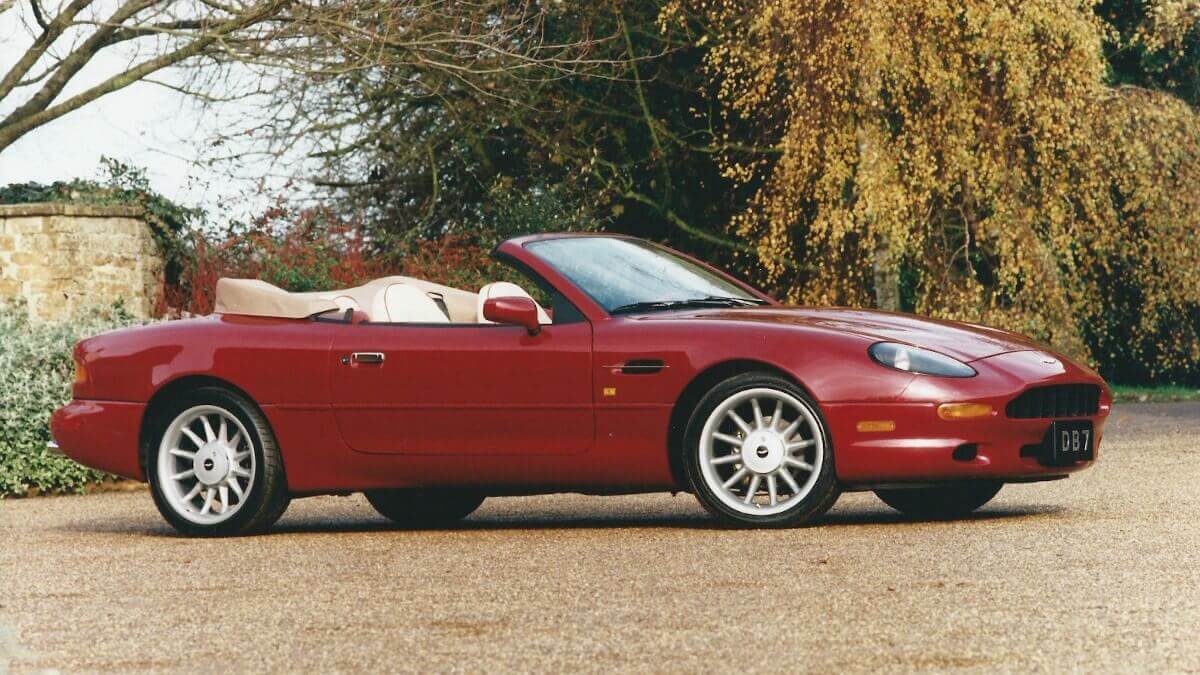

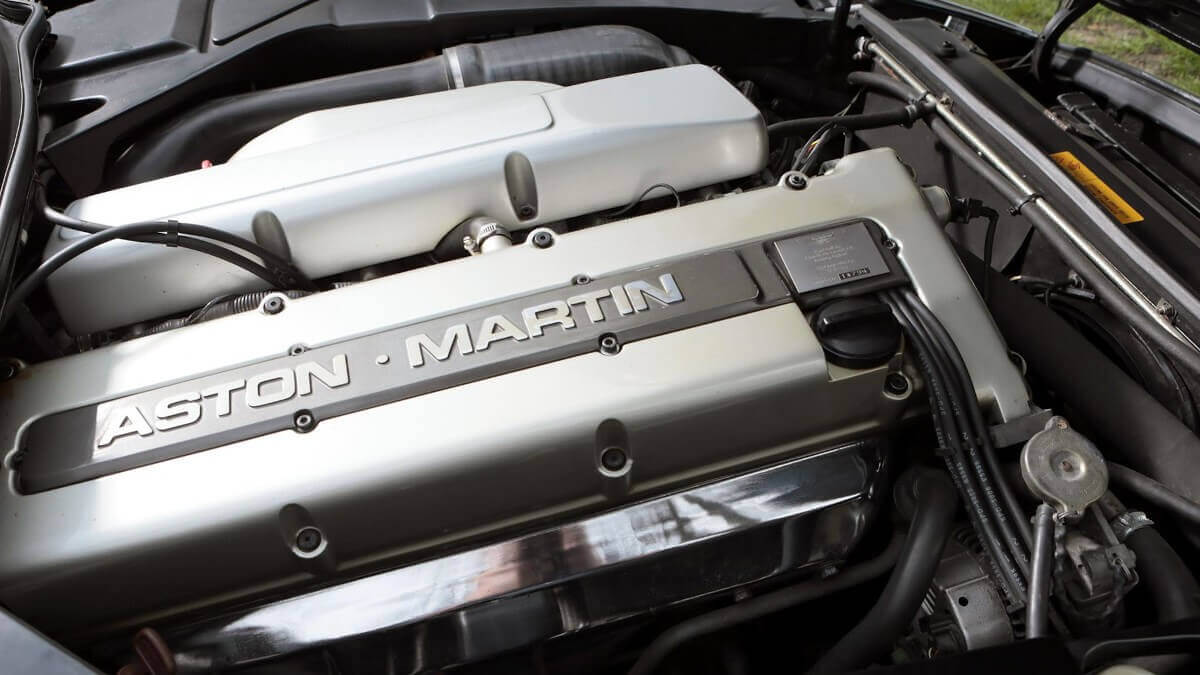

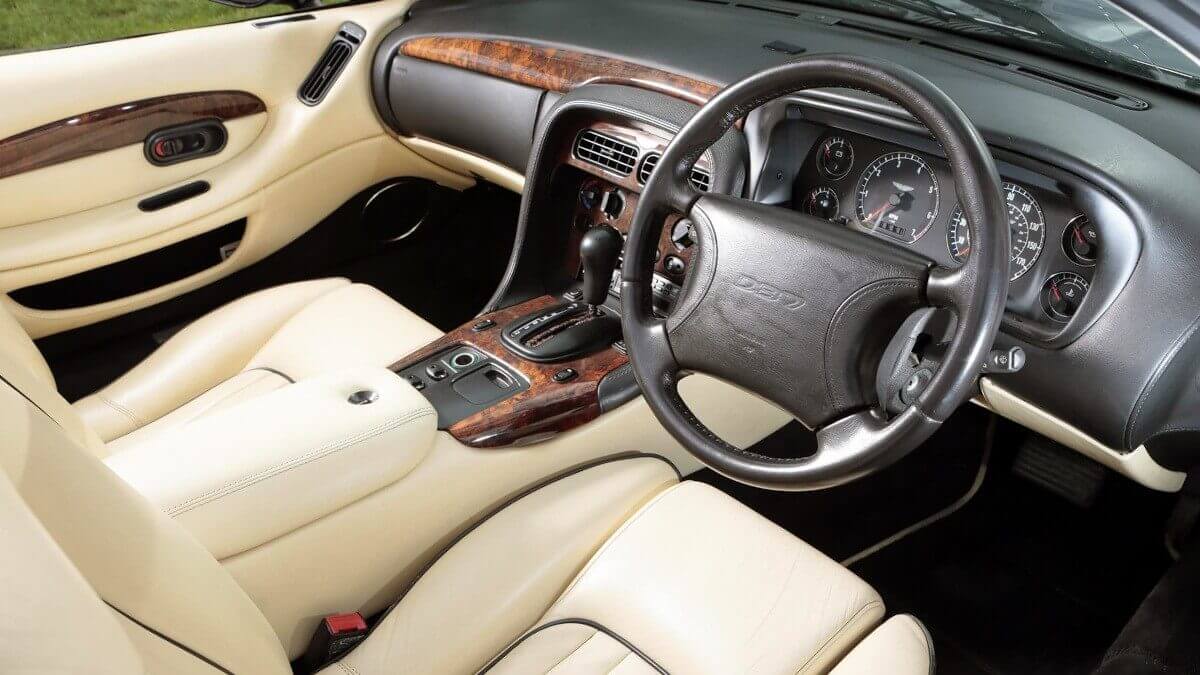

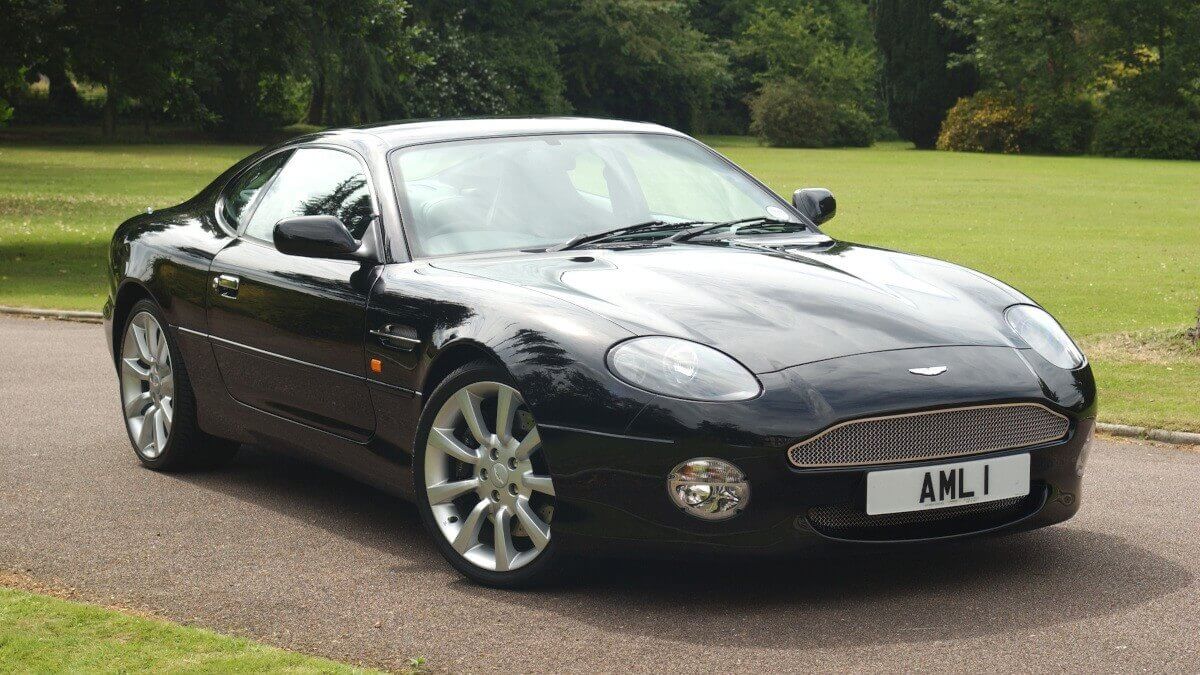

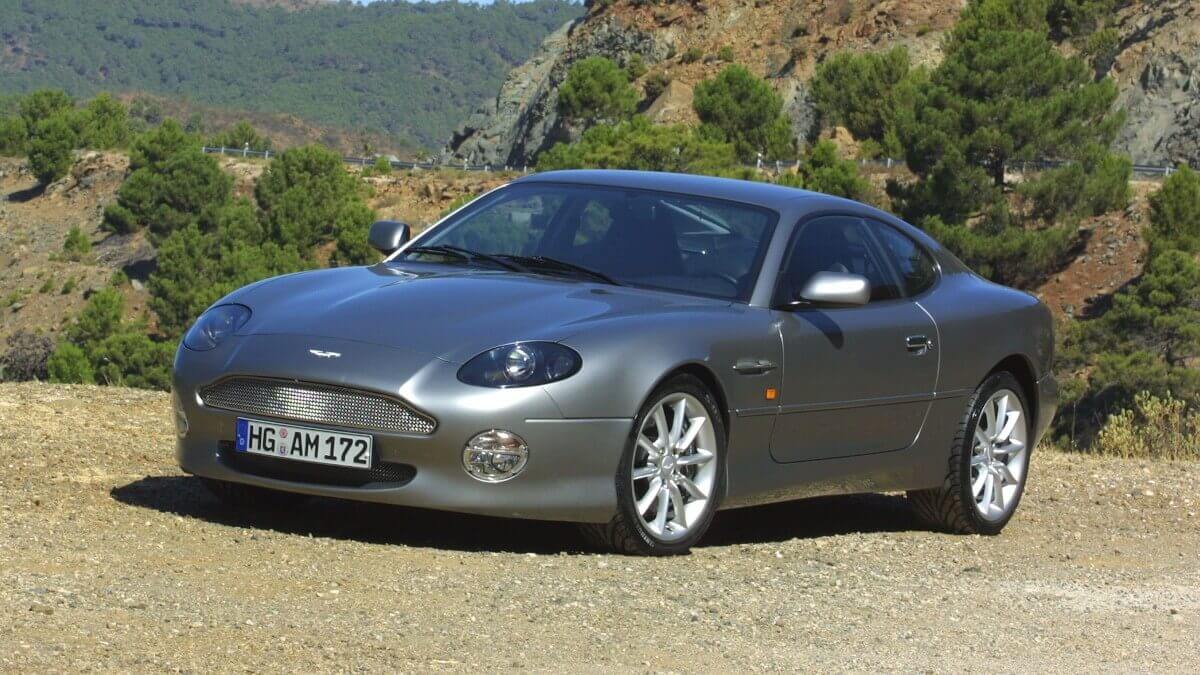

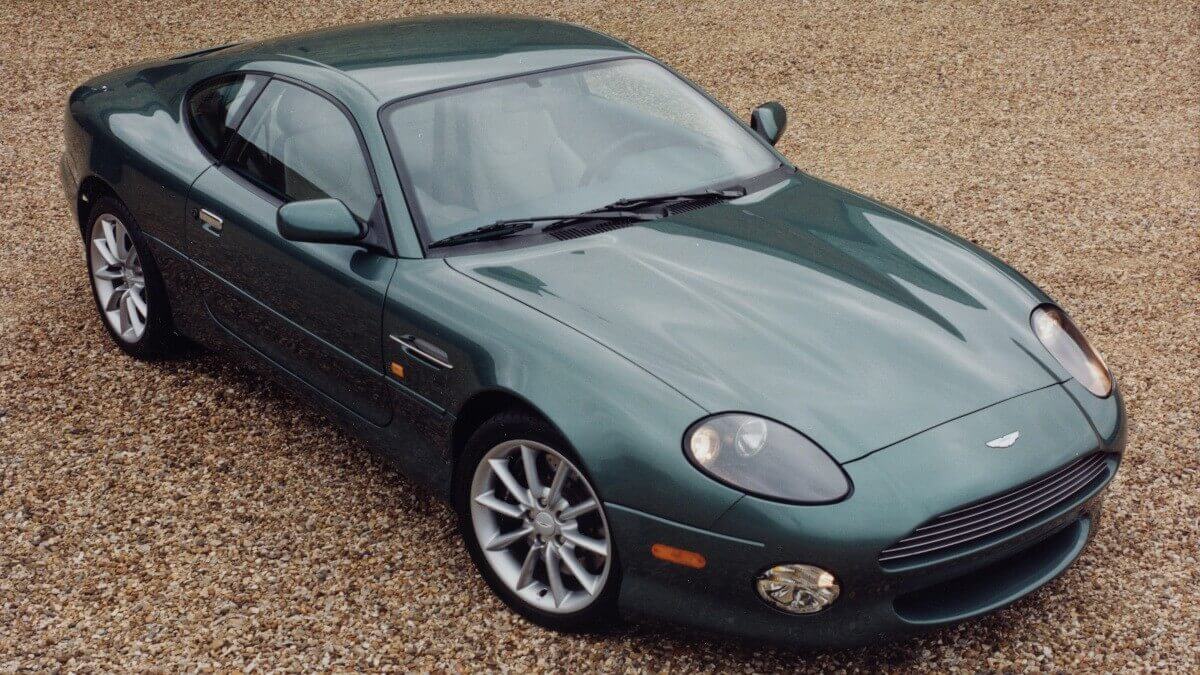

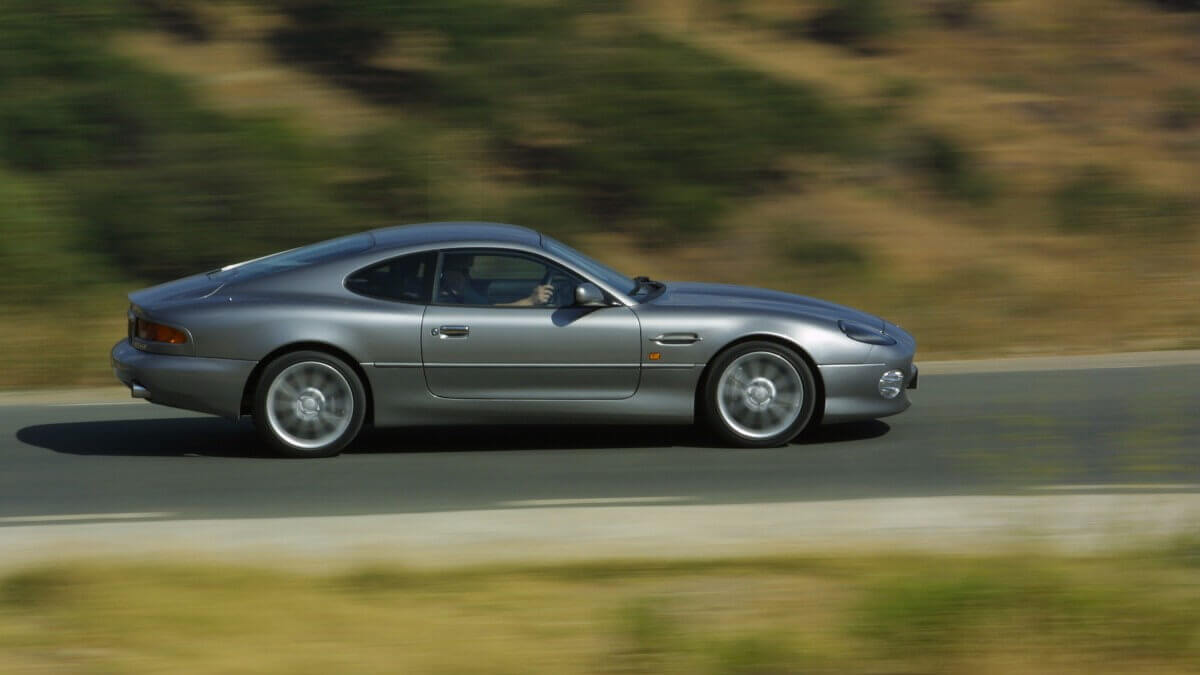

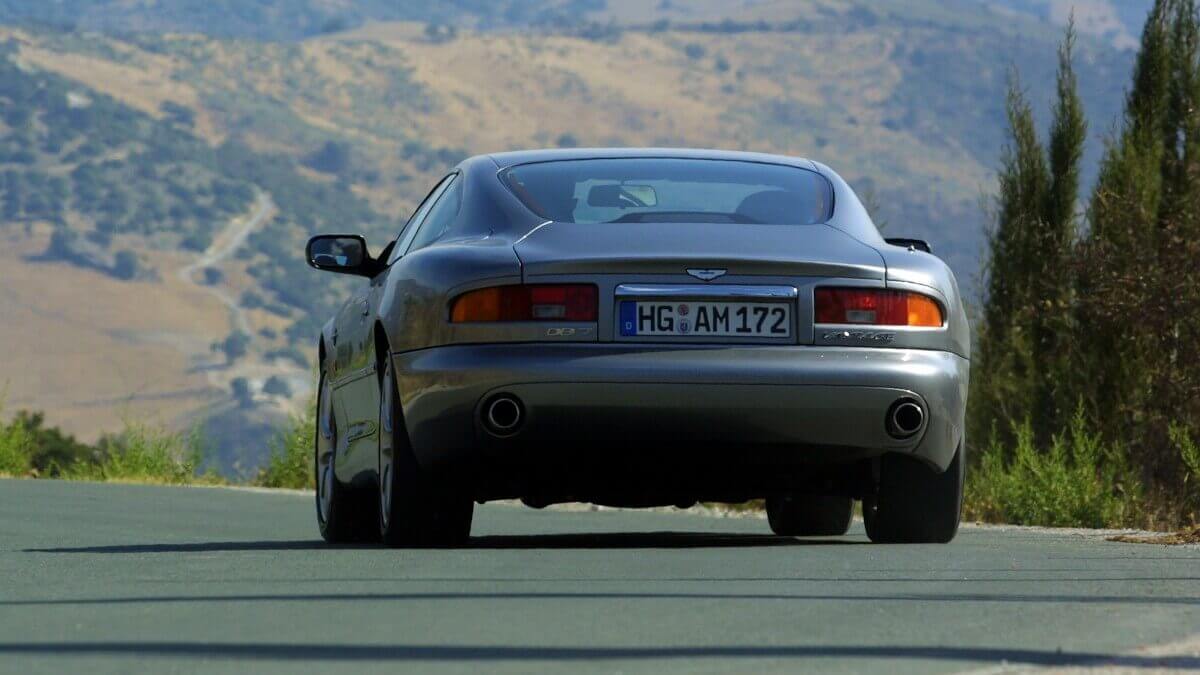

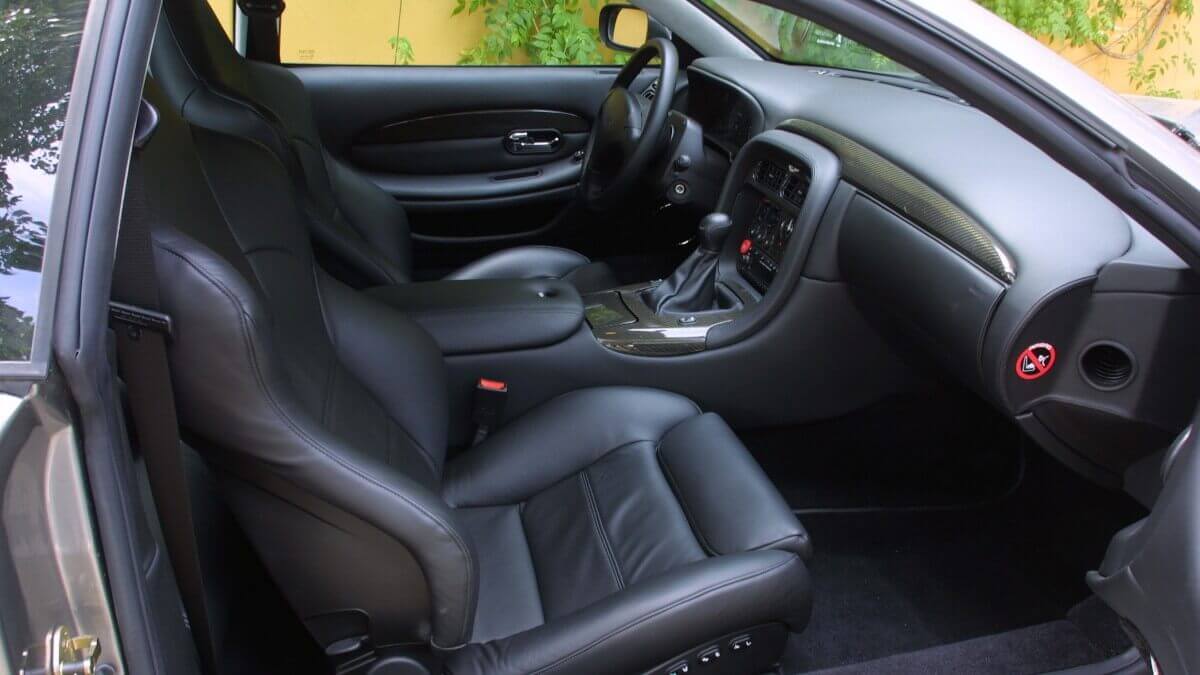

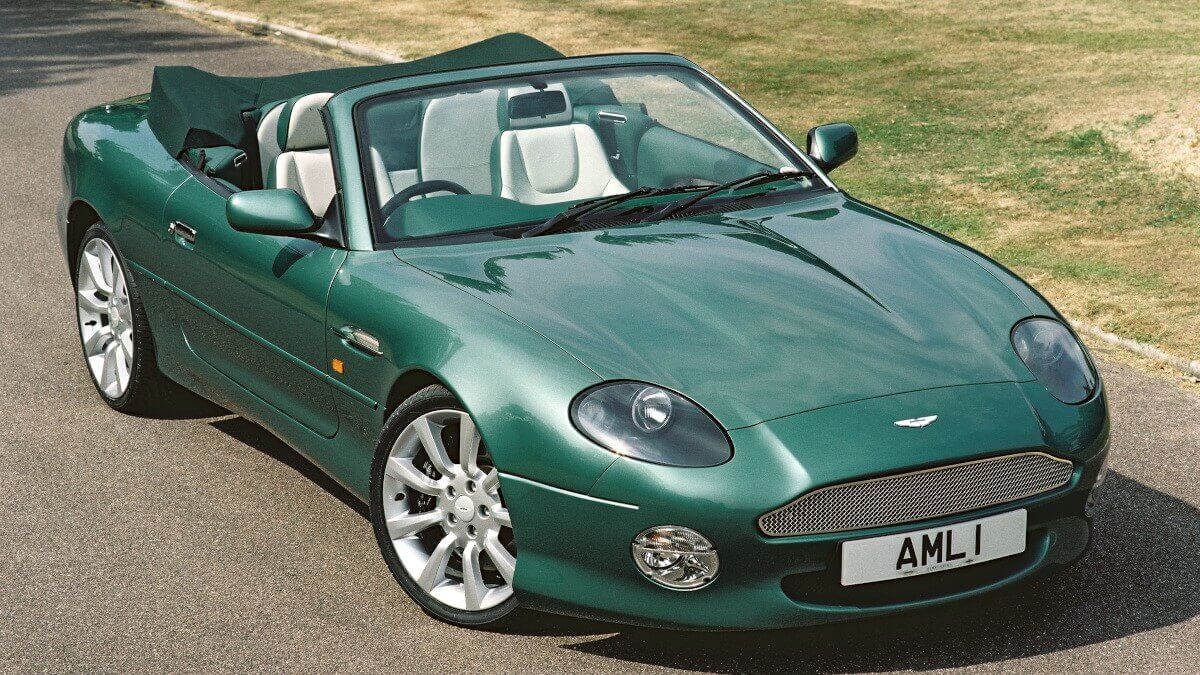

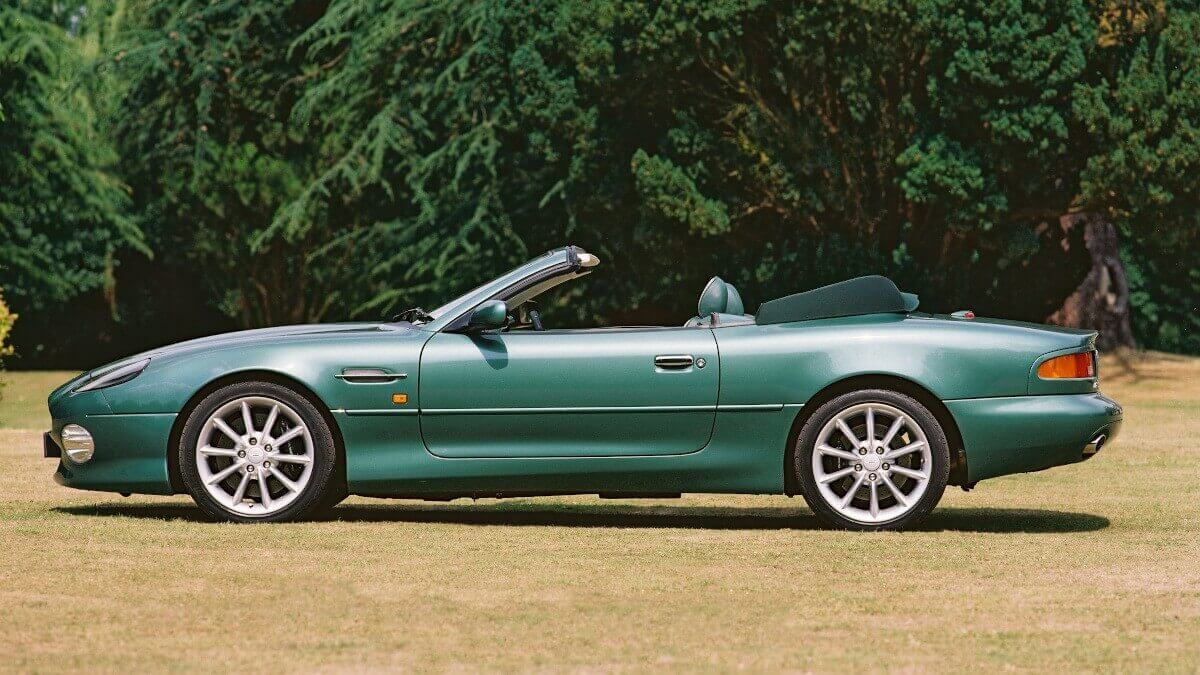

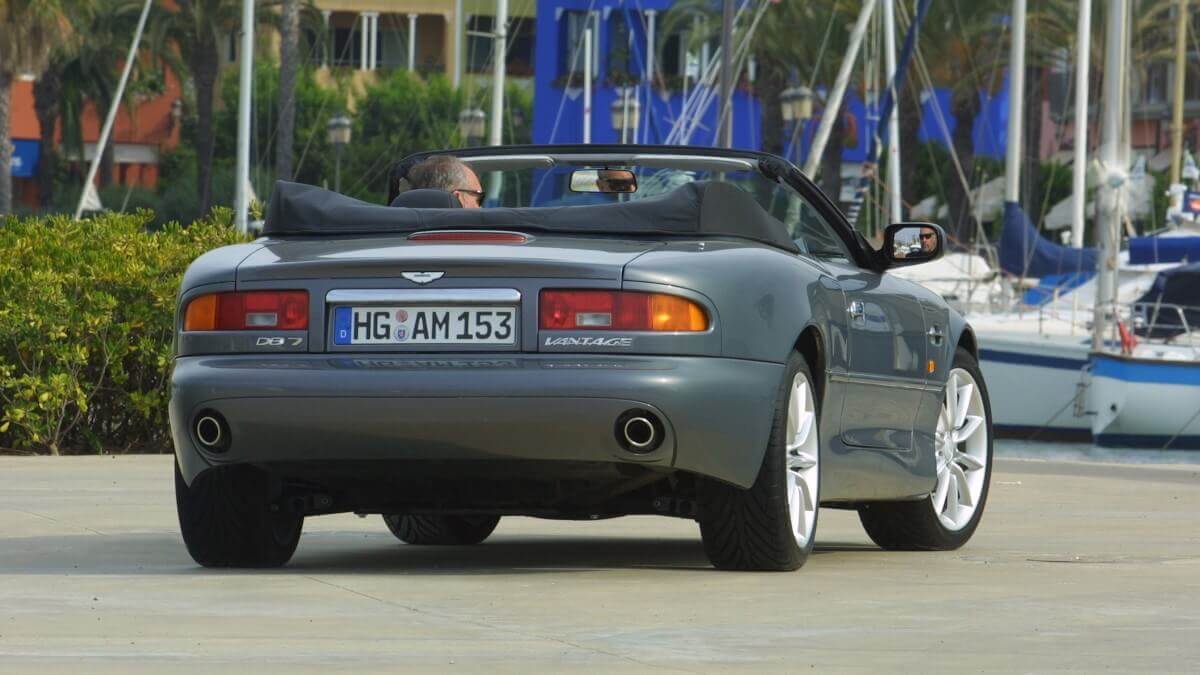

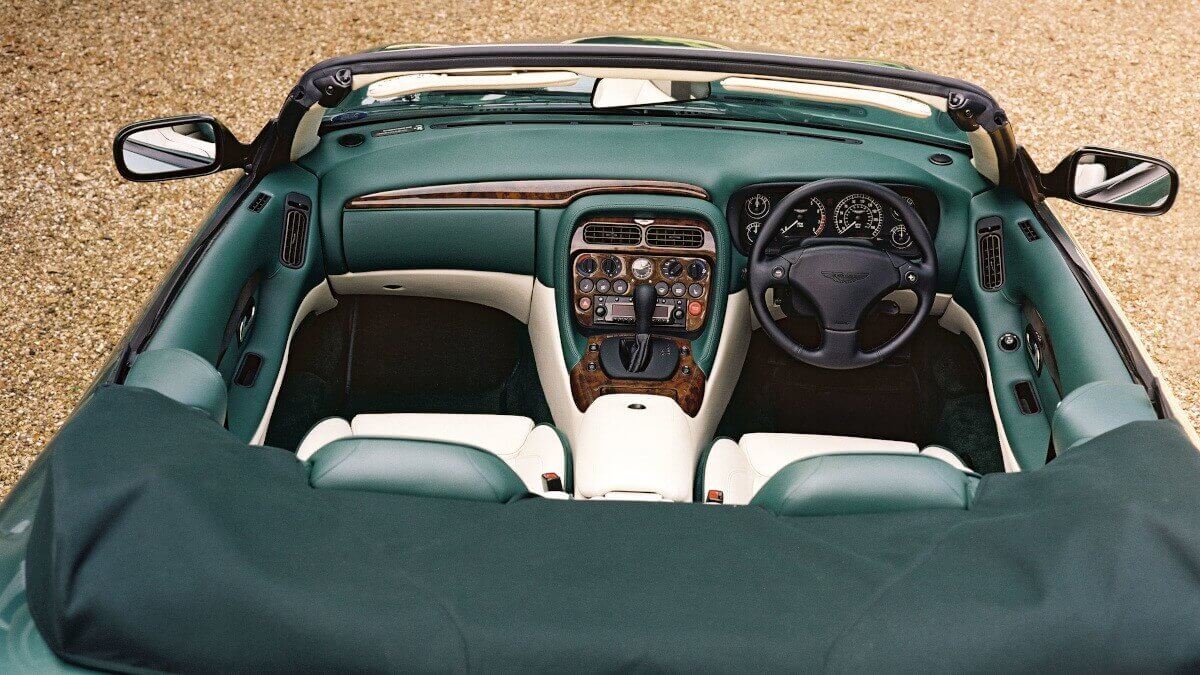

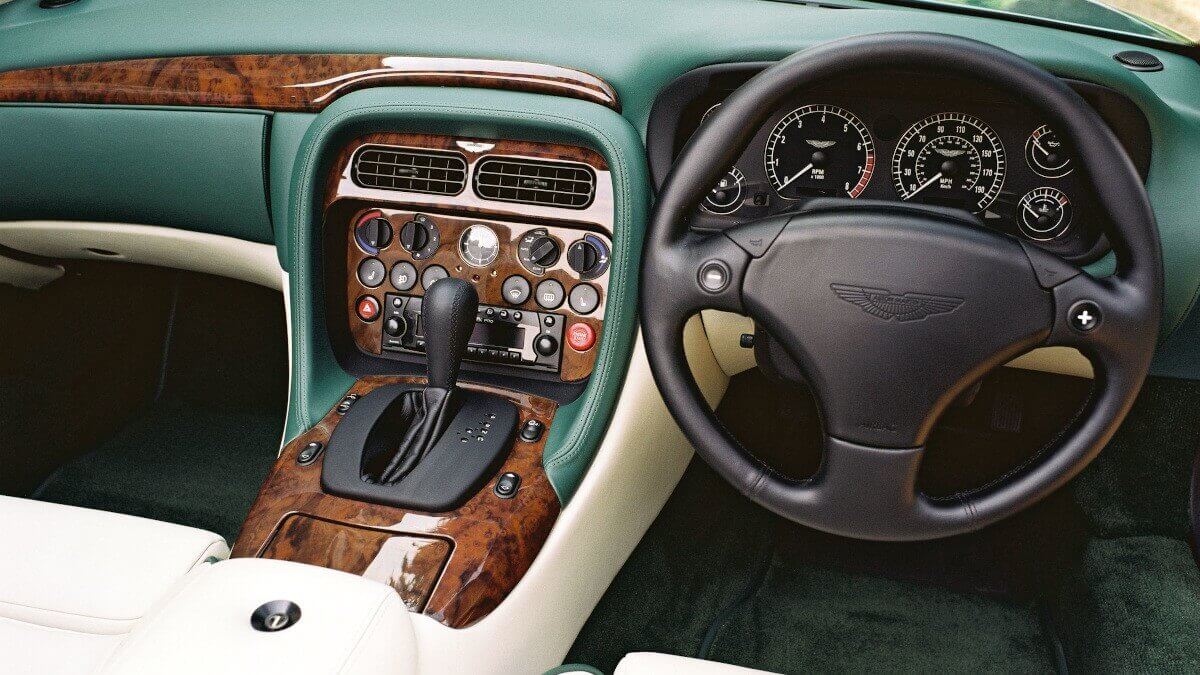

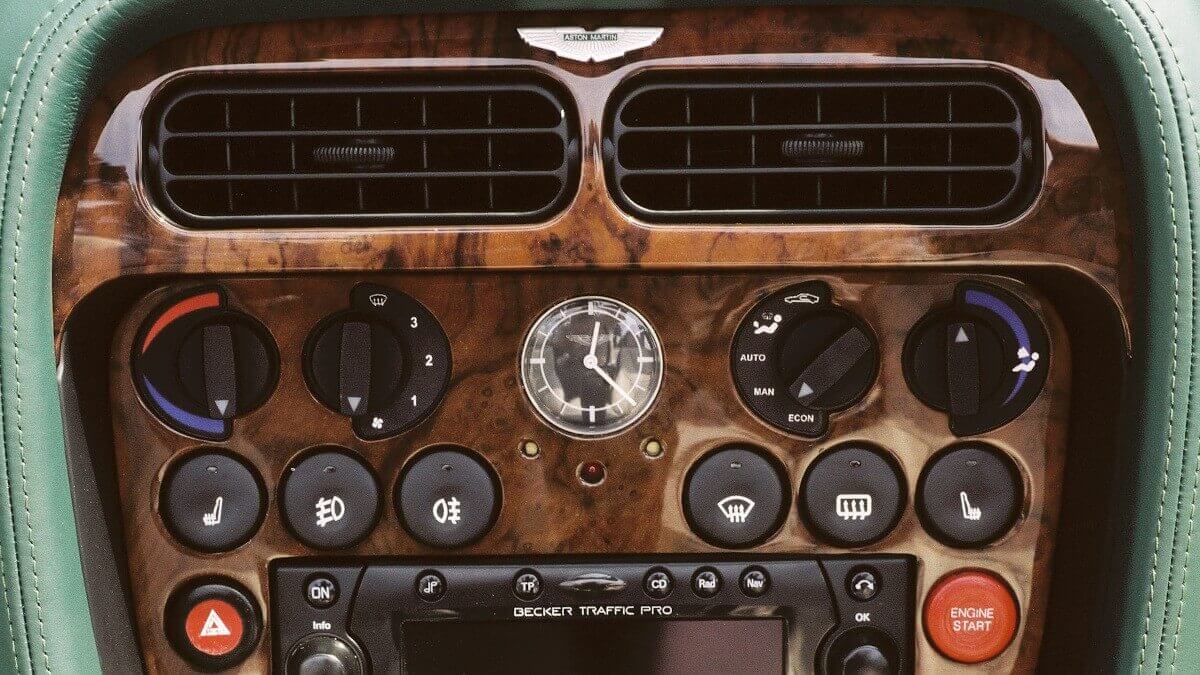

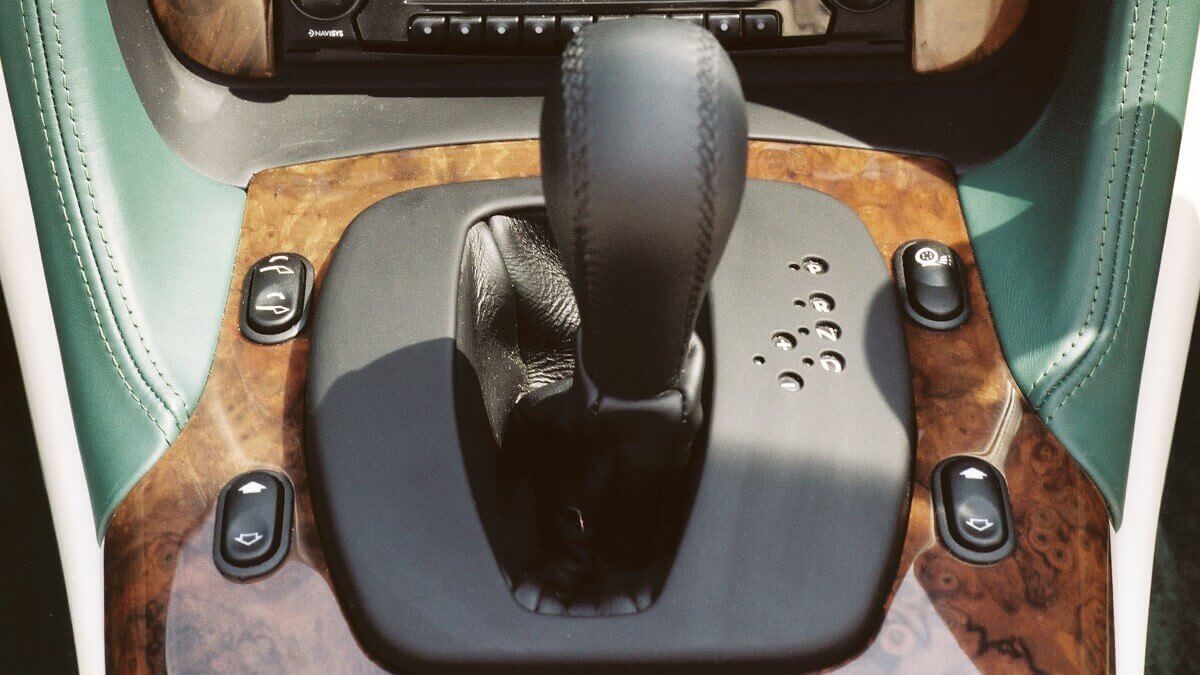

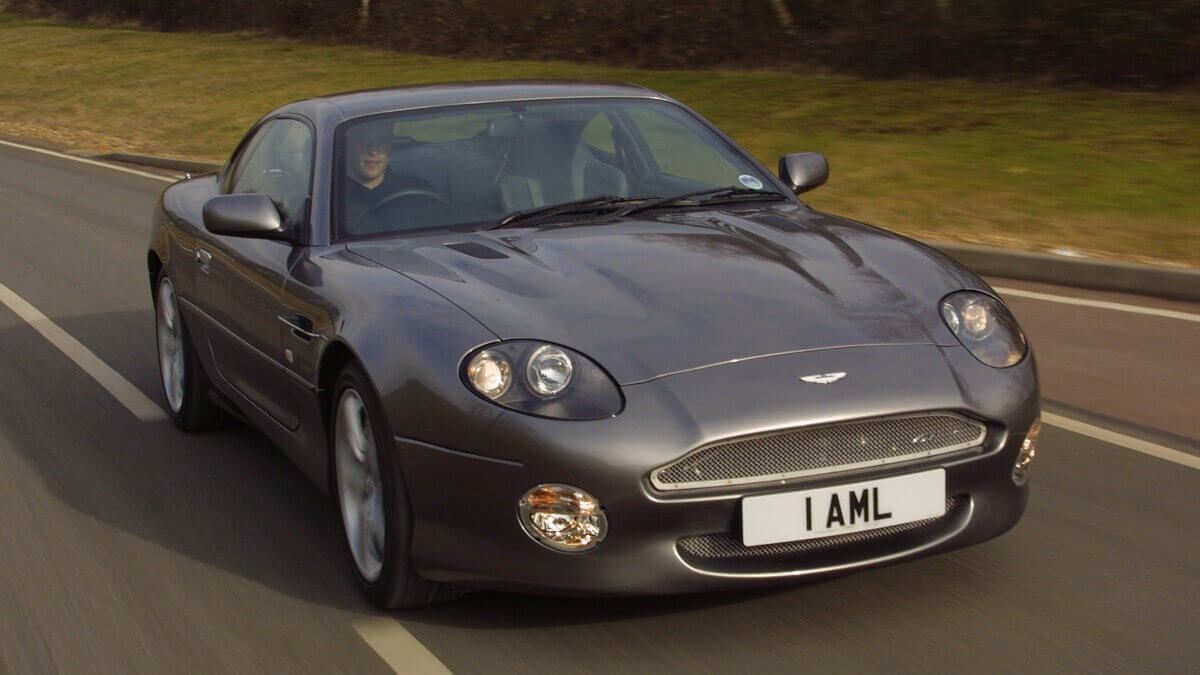

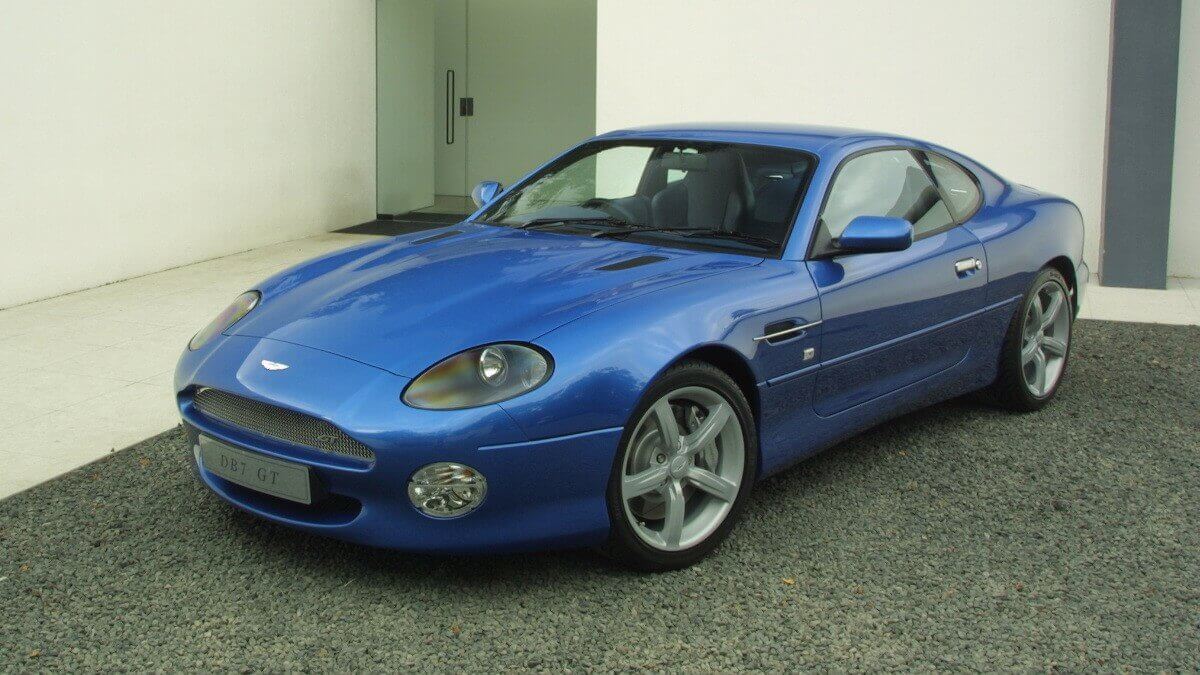

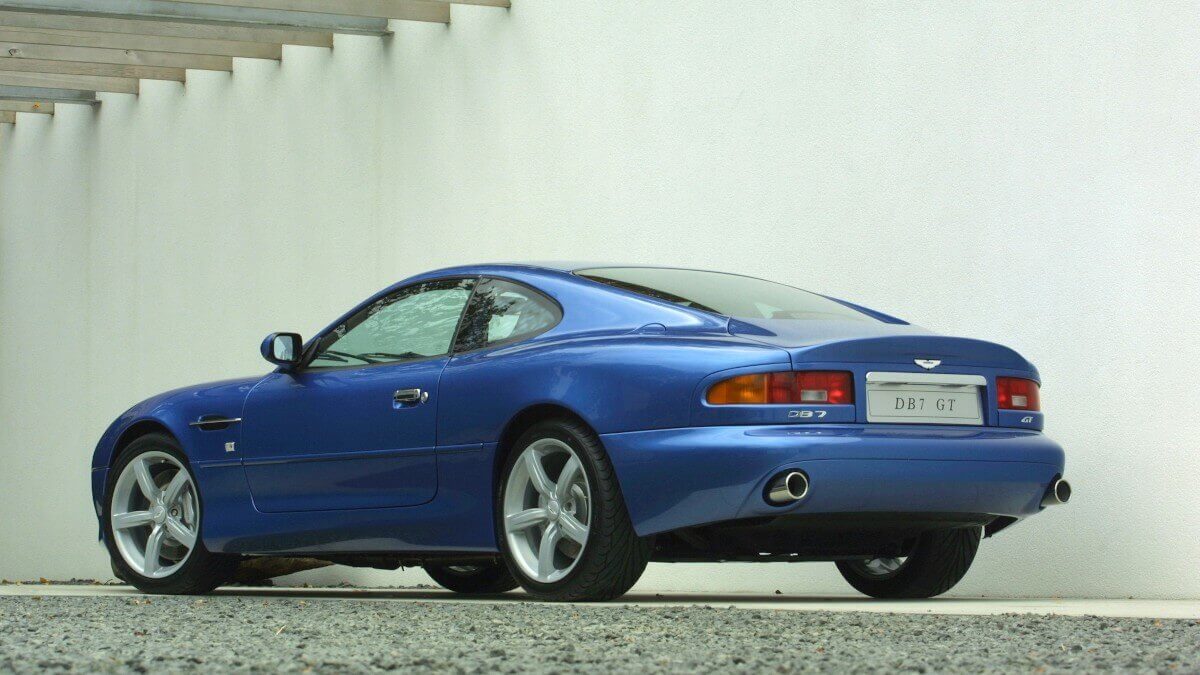

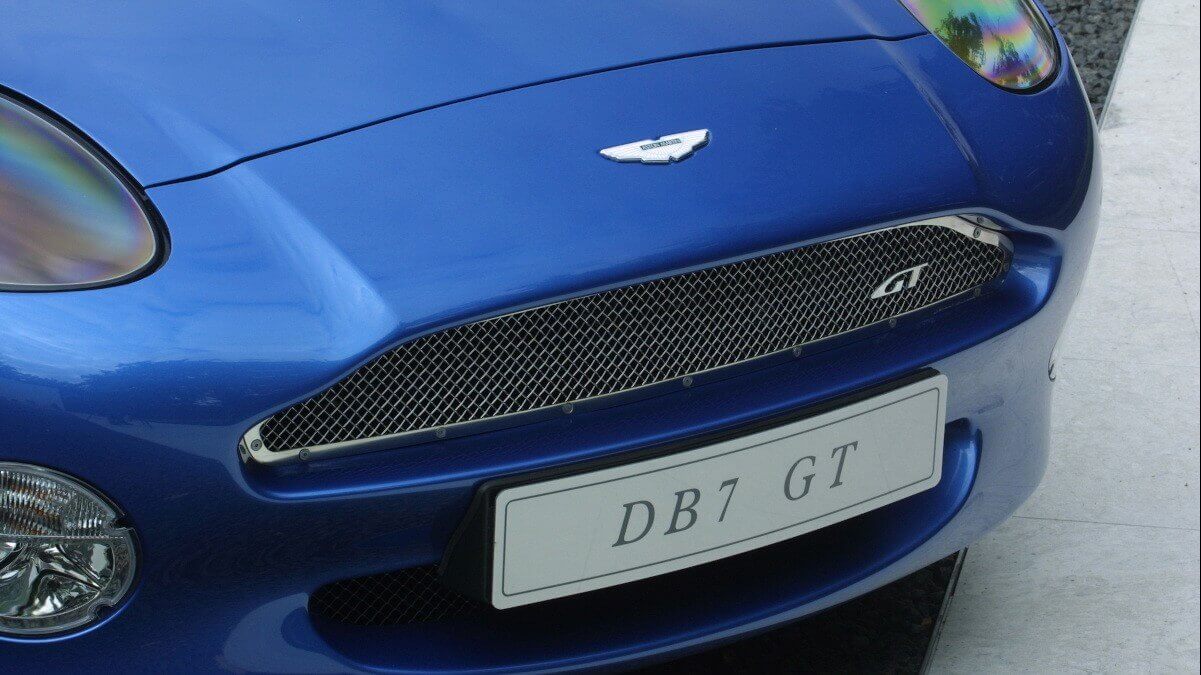

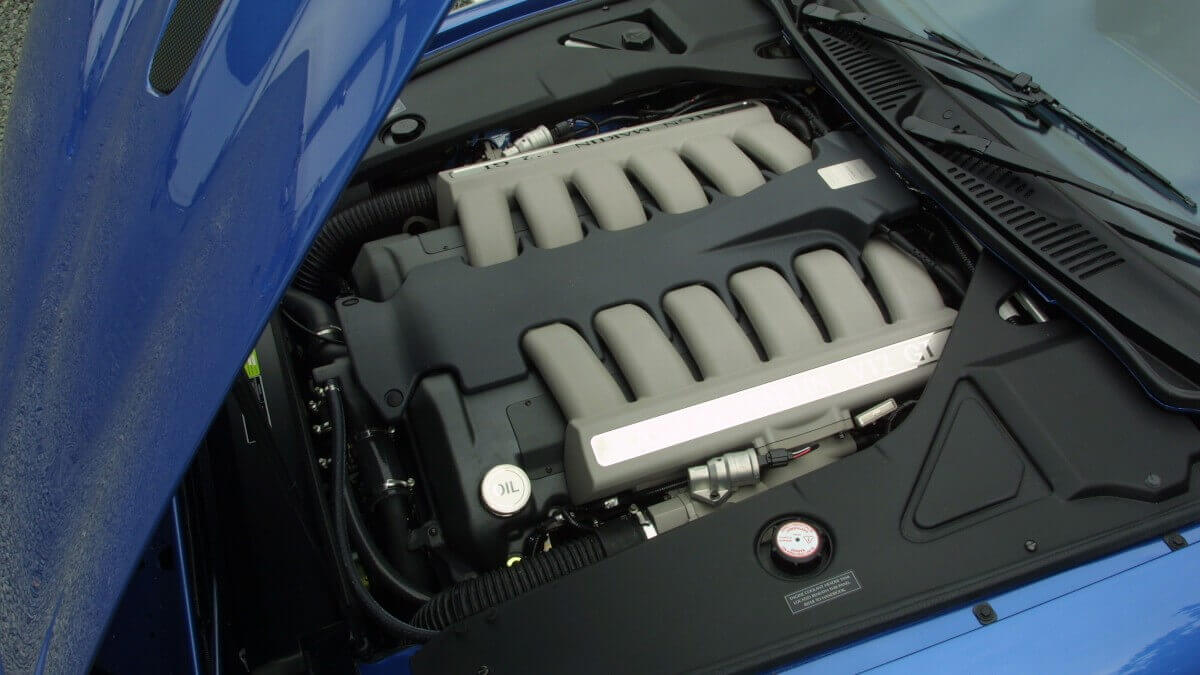

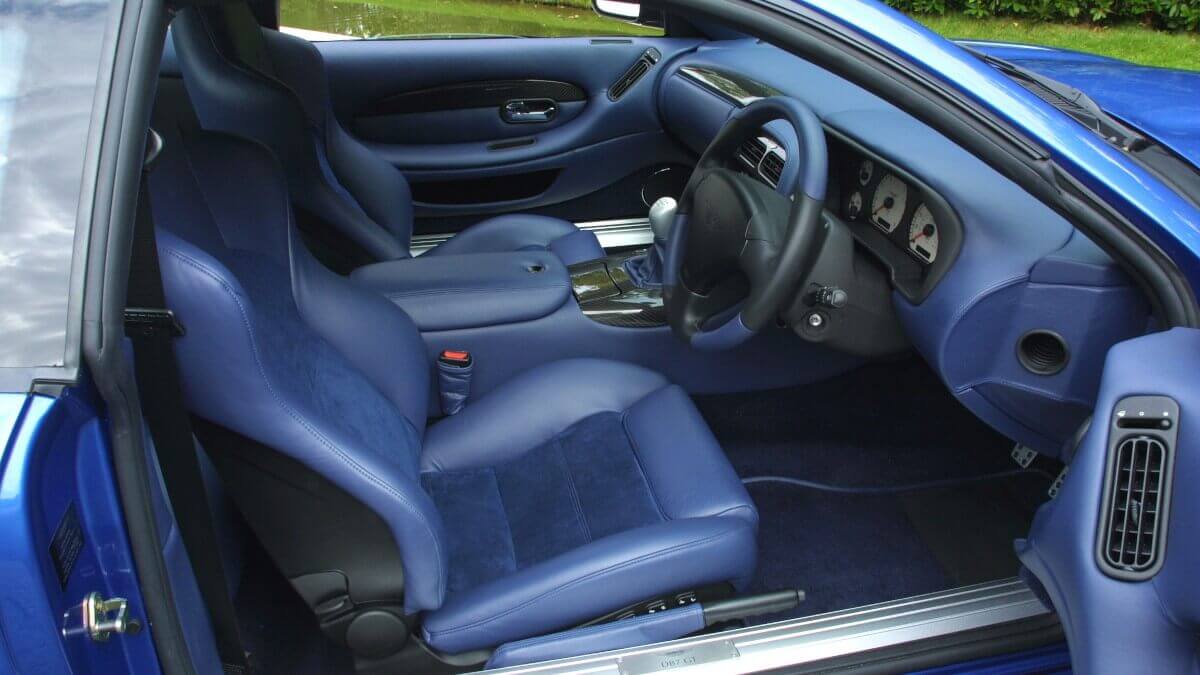

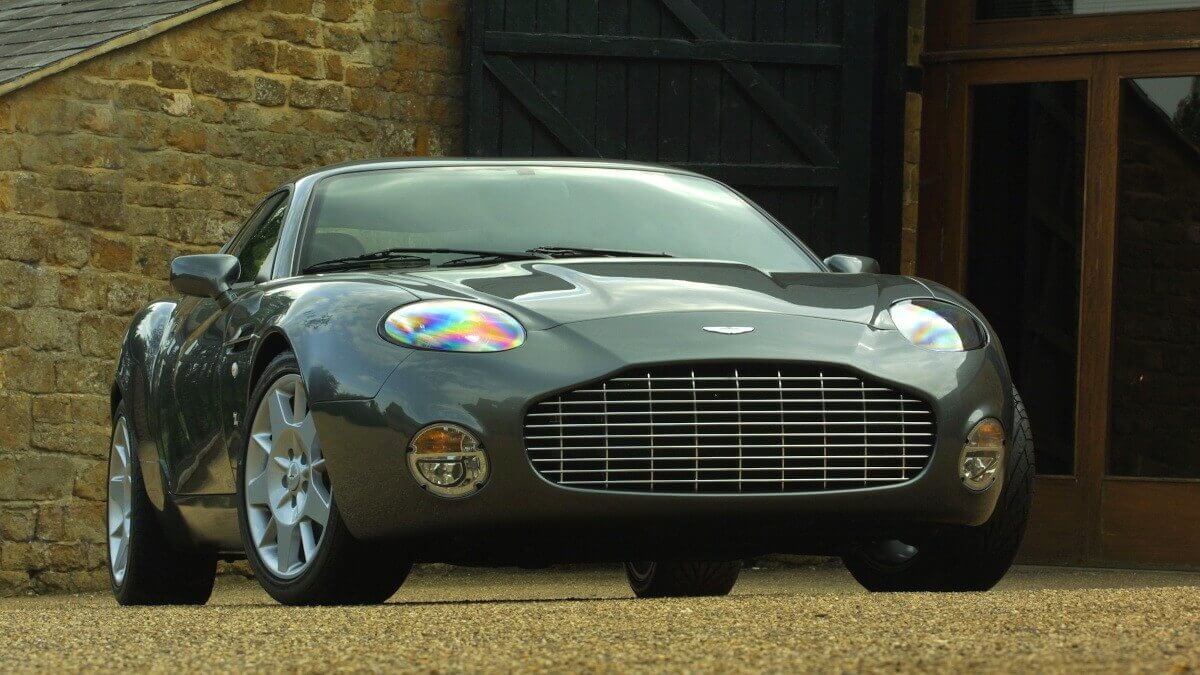

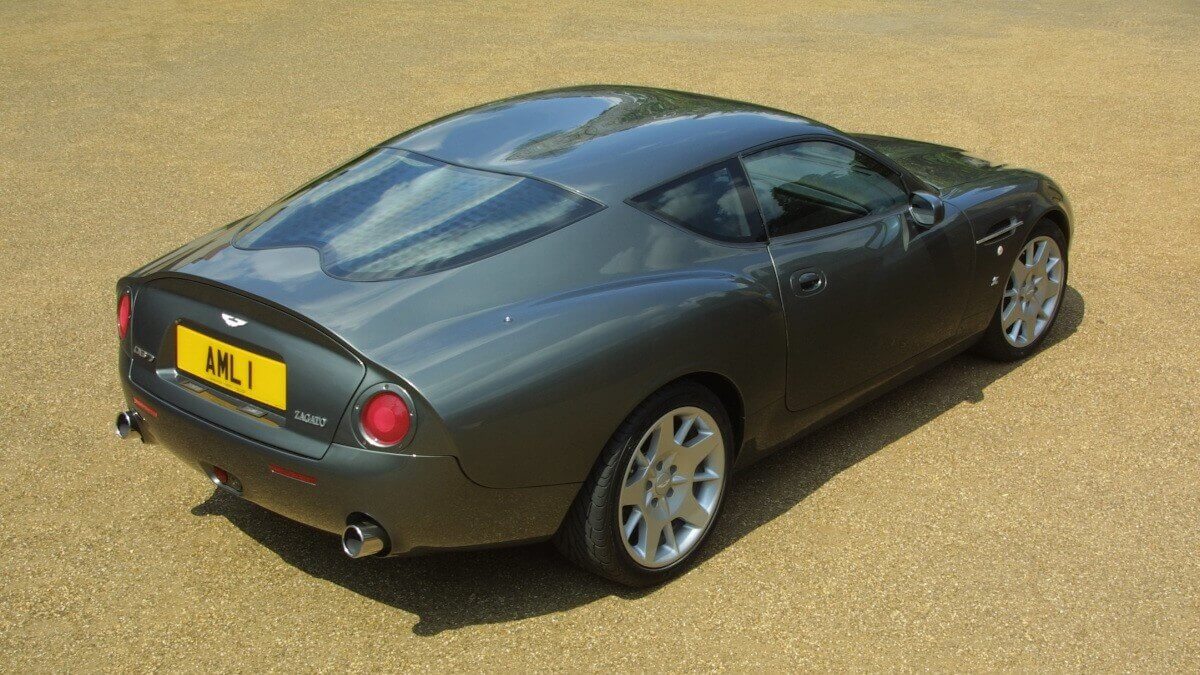

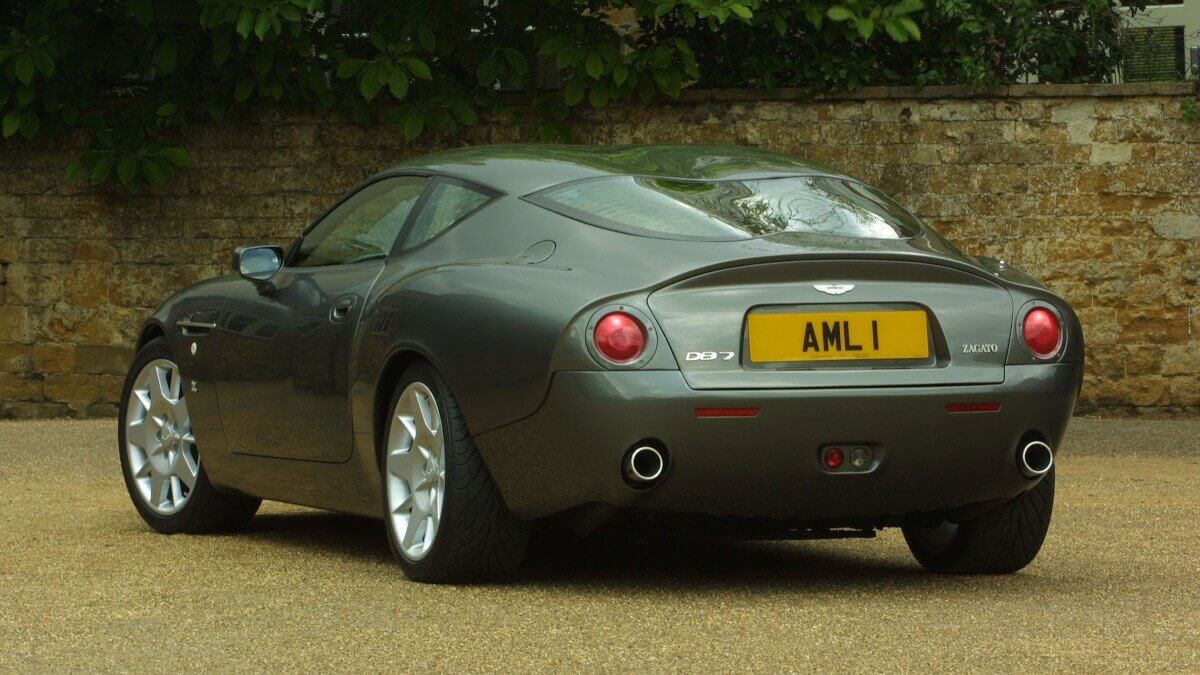

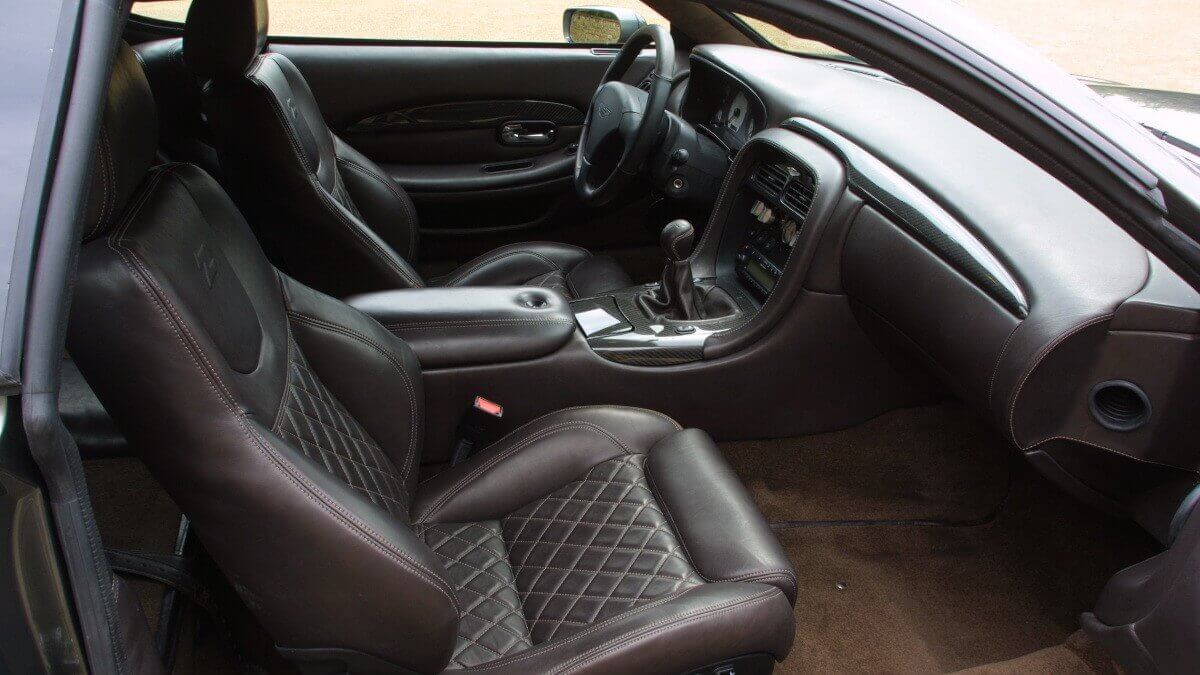

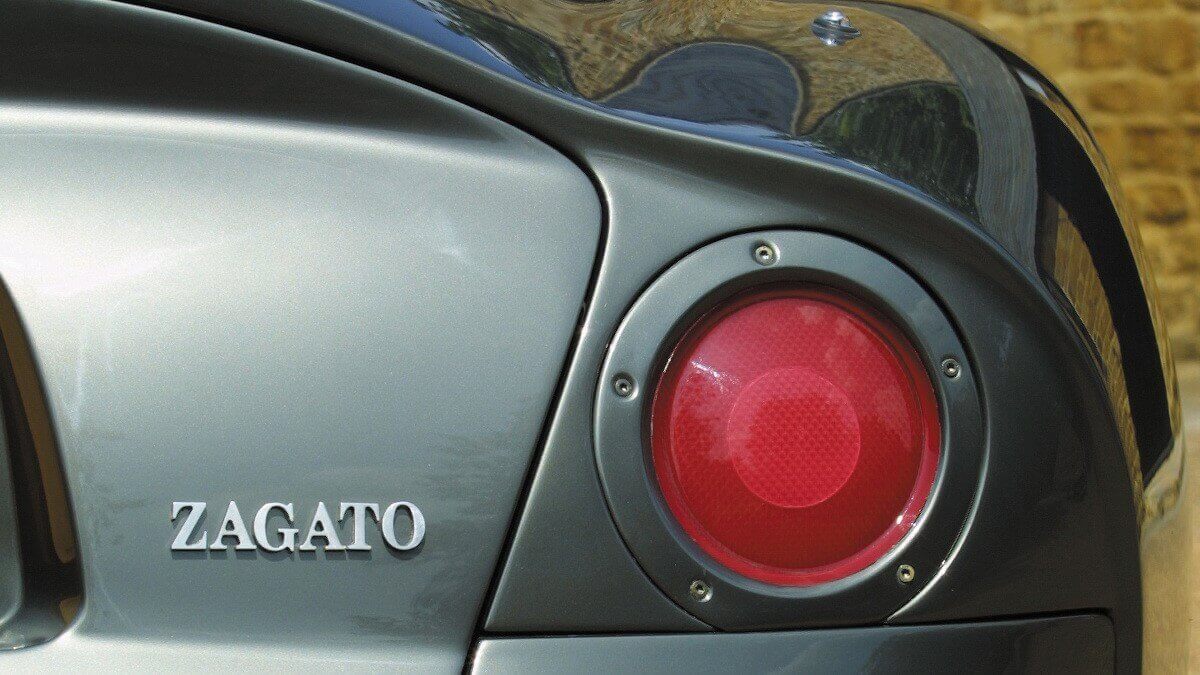

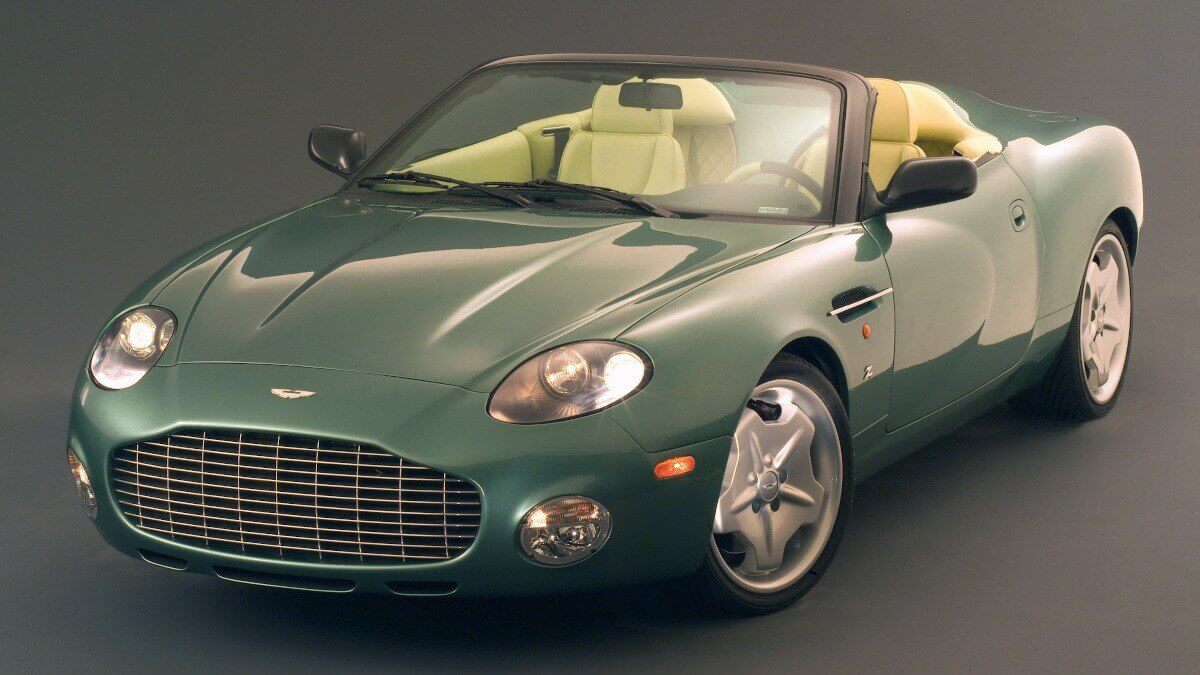

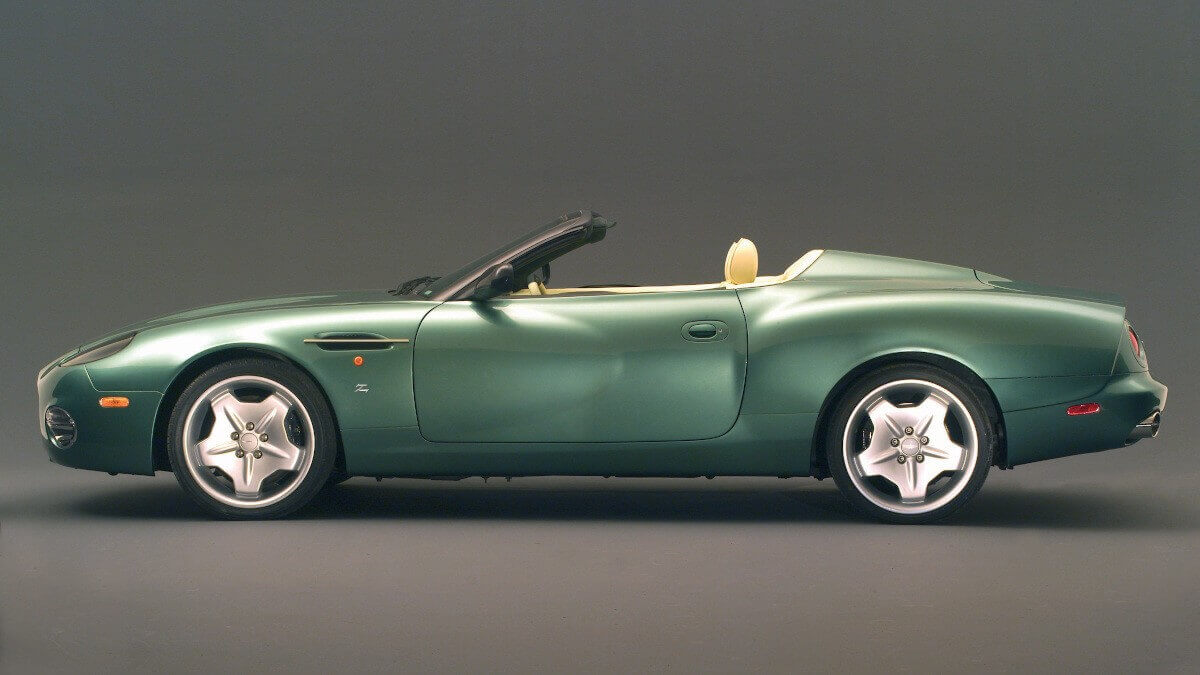

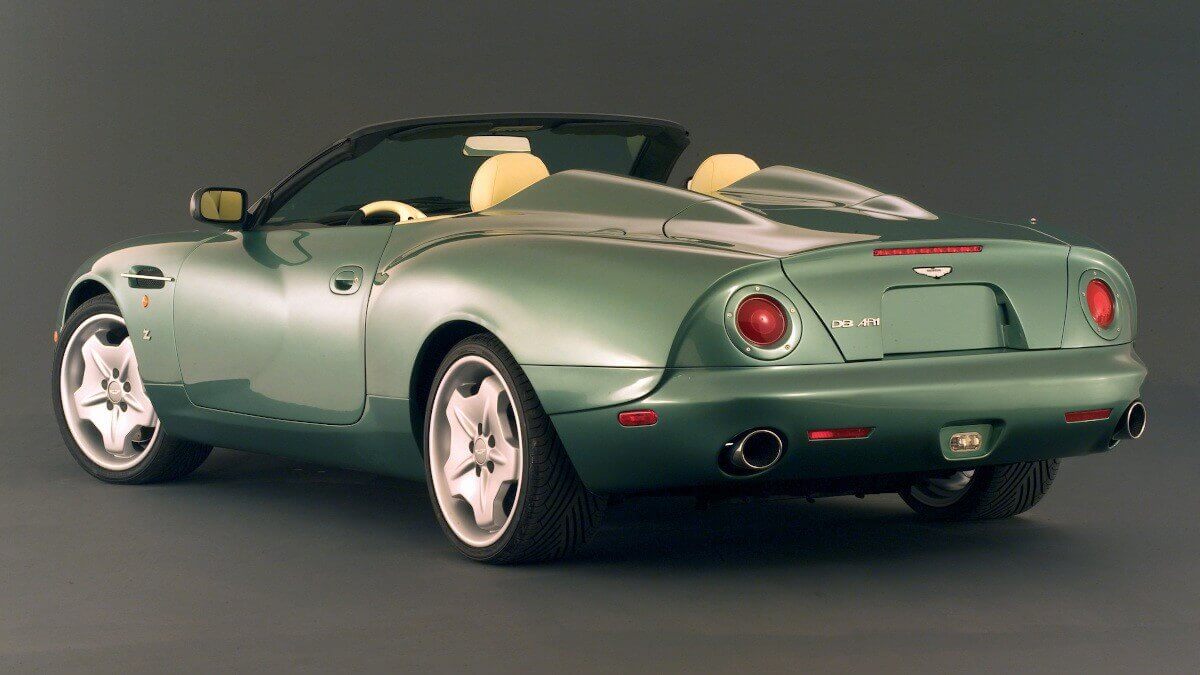

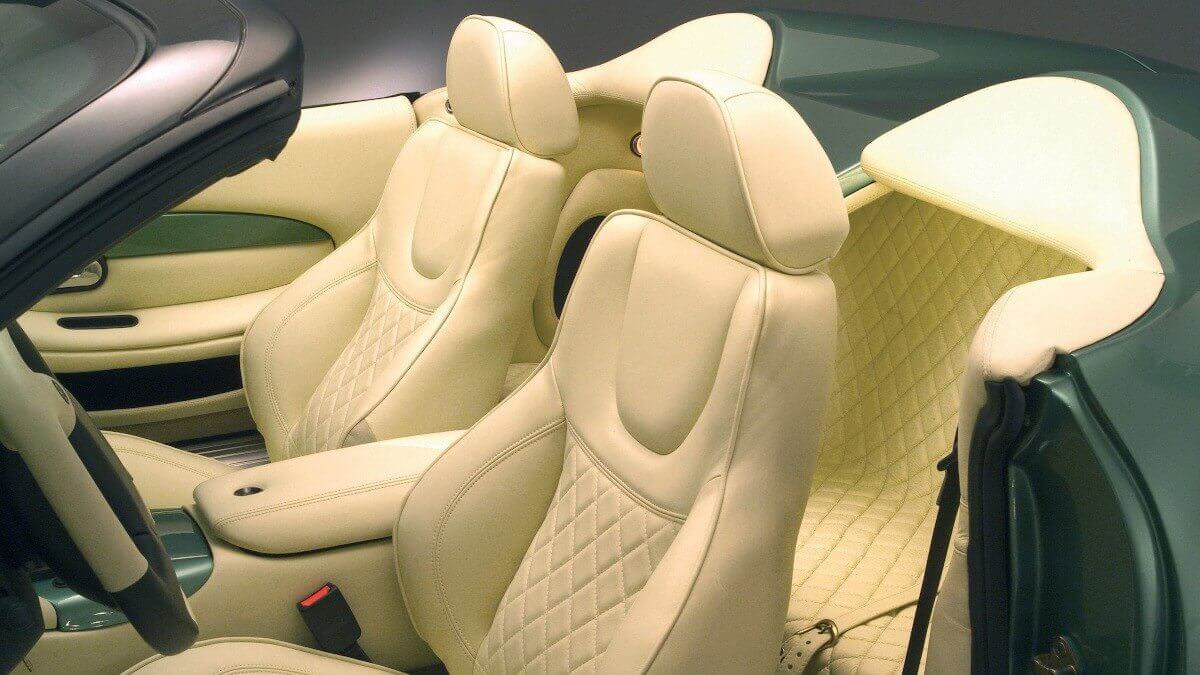

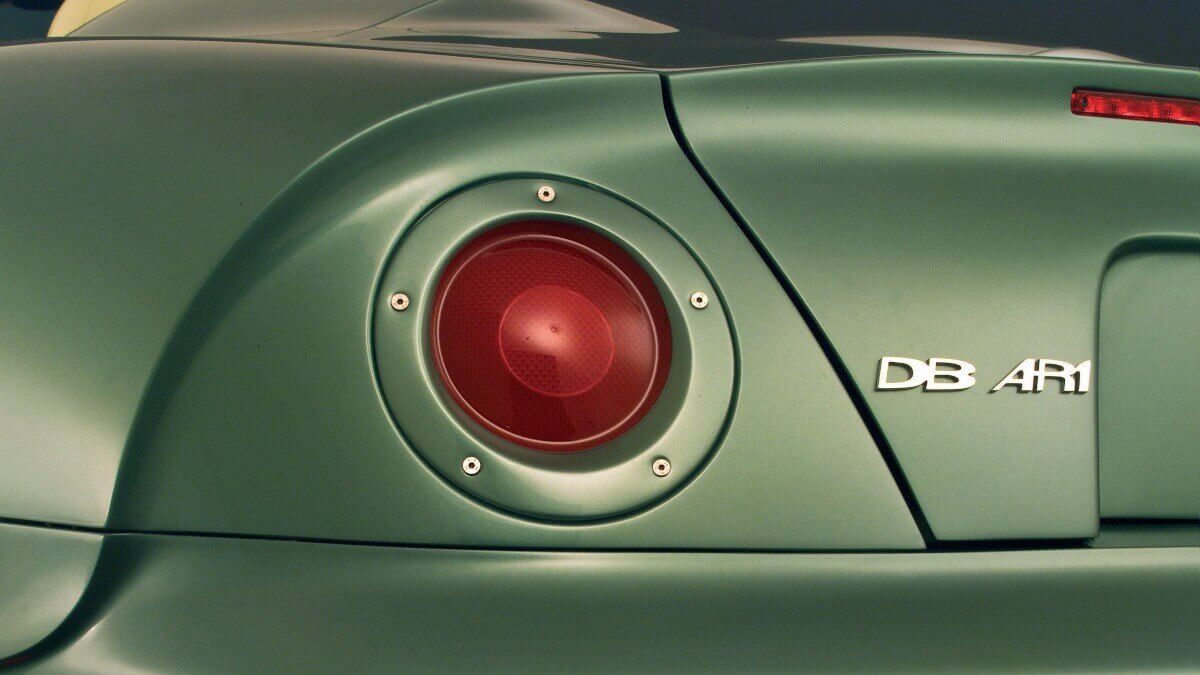

In 1999, Aston Martin presented an extensive facelift of the DB7 at the Geneva Motor Show, which also doubled the number of combustion chambers under the bonnet of this sports car. The DB7 Vantage developed 313 kW/426 hp from 5.9 liters capacity and 12 cylinders. External characteristic in comparison to the normal DB7, which was built parallel for one year, were large round fog lights in the front bumper and a slightly modernized rear bumper. 2002 saw the market launch of the somewhat sportier DB7 GT with 324 kW/440 hp and manual transmission, of which only 190 units were produced exclusively as Coupés. Beside it there was also the GTA with automatic transmission, which received however only the sports suspension and special grille insert of the GT, but used the engine of the normal DB7 Vantage. In this configuration 102 vehicles were built. In the same year Aston Martin also revived the partnership with the Italian coachbuilder Zagato and presented the DB7 Vantage Zagato with a slightly shortened wheelbase, limited to 99 units, followed in 2003 by the open version DB AR1 (American Roadster 1) based on the DB7 Vantage Volante, also limited to 99 units. Matching the naming almost all DB AR1 went to the USA and there particularly to the sunshine states, since this vehicle got along consistently without roof.
While the Aston Martin DB7 was originally a project from Jaguar, this game turned around during the early production time. Based on the DB7 Jaguar developed their new XK, which was presented in 1996. It however got an independent design and eight-cylinder engines. Apart from the Zagato versions, all DB7 came with taillights made in Japan: they originally came from the parts shelf of the Mazda 323F. After more than 7,000 units, Aston Martin stopped production in 2004 and switched to the successor model DB9.
Images: Aston Martin



